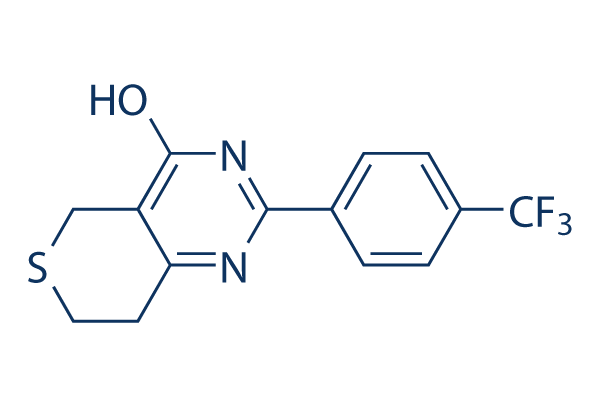In contrast to I26, mutation of S1598 resulted in impaired homologous recombination, lowered Rad51 foci formation after ionizing radiation, elevated chromo some instability, and hypersensitivity to genotoxic anxiety in mouse embryonic broblasts. Consistent using the elevated genomic instability, the mice created tumors at an accelerated charge while in the very same 3 genetic selelck kinase inhibitor backgrounds. In the second study, Drost and colleagues also evaluated the BRCA1 RING domain by making mice using the distinct mutation C61G, which happens in breast cancer sufferers. This mutation disrupts zinc ion binding required for stability on the RING framework. Conse quently, it abolishes interaction not simply with E2 conju gating enzymes but additionally with BARD1. From the absence of p53, mice bearing the C61G mutation developed breast tumors at the very same fee as BRCA1 null mice.
Dierences with null mice emerged, however, selleck inhibitor when examining responses to genotoxic pressure, as C61G tumors were much less sensitive to each cisplatin as well as poly polymerase inhibitor olaparib. C61G tumors also acquired resistance to cisplatin, whereas BRCA1 null tumors remained responsive more than a 250 day time period. Due to the fact cells from C61G tumors formulated far more ionizing radiation induced Rad51 foci than cells from BRCA1 null tumors, Drost and colleagues proposed that hypomorphic DNA repair exercise may perhaps account for the acquired resistance. Probably hypomorphic repair permits tumors to sustain continued injury until eventually upregulation of the suppressor pathway occurs. To what extent the C61G mutant actually retains hypomorphic action must be claried, however, as homologous recombination on this mutant was identical to that in BRCA1 null cells. These two enlightening papers deliver new insight into function in the BRCA1 RING domain.
Contrary to prior hypotheses, the rst study suggests the ubiquitin ligase exercise with the RING domain will not be vital for BRCA1s roles in genomic servicing and tumor suppression. Conversely, structural integrity in the RING domain is critical, and this can be related to mediation of tumor suppressor action by  BARD1, independent of BARD1s inuence on BRCA1 ligase perform. This model is steady with all the nding that BARD1 null mice Introduction Differentiation markers expressed by a principal breast cancer are at the moment profiled to guide prognosis and clinical choices. Poorly differentiated tumors are held to be more aggressive and predictive of the much less favorable response to treatment method. There exists rising curiosity in regulators of the oncogenic epithelial mesenchymal transition and its reciprocal professional cess, mesenchymal epithelial transition, for eluci dation with the mechanisms underlying tumor progression and metastasis as well as the attainable identification of new targets for cancer treatment.
BARD1, independent of BARD1s inuence on BRCA1 ligase perform. This model is steady with all the nding that BARD1 null mice Introduction Differentiation markers expressed by a principal breast cancer are at the moment profiled to guide prognosis and clinical choices. Poorly differentiated tumors are held to be more aggressive and predictive of the much less favorable response to treatment method. There exists rising curiosity in regulators of the oncogenic epithelial mesenchymal transition and its reciprocal professional cess, mesenchymal epithelial transition, for eluci dation with the mechanisms underlying tumor progression and metastasis as well as the attainable identification of new targets for cancer treatment.
PDGF Signal
PDGF signal transduction inhibition ameliorates experimental
